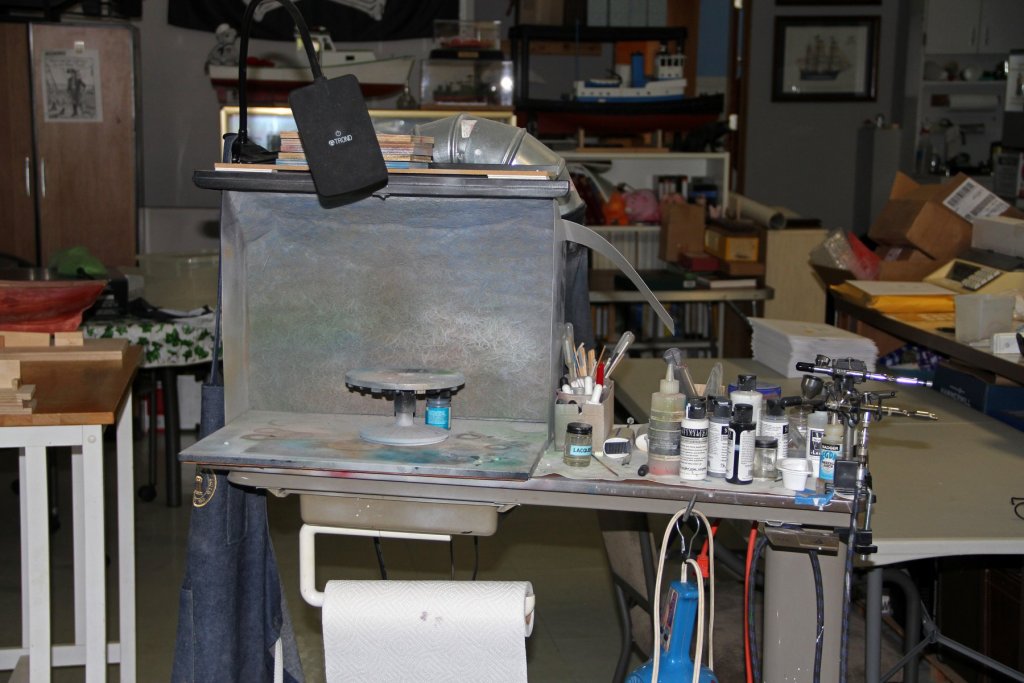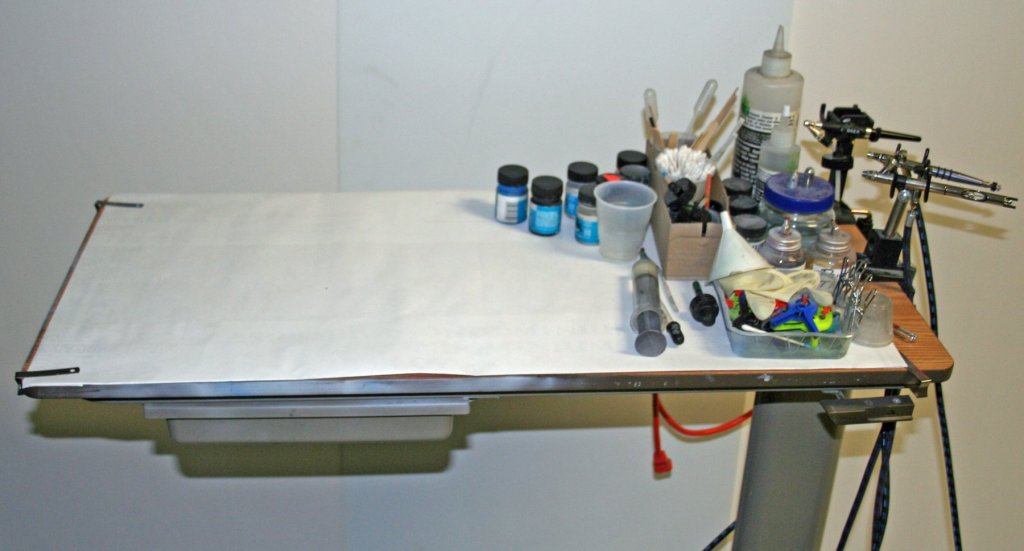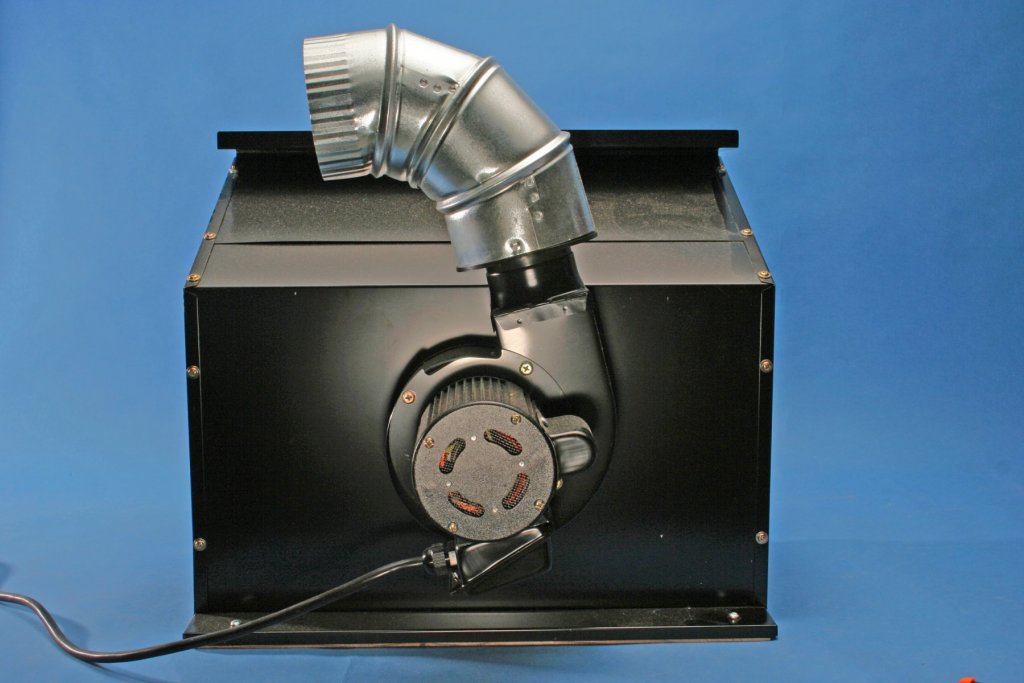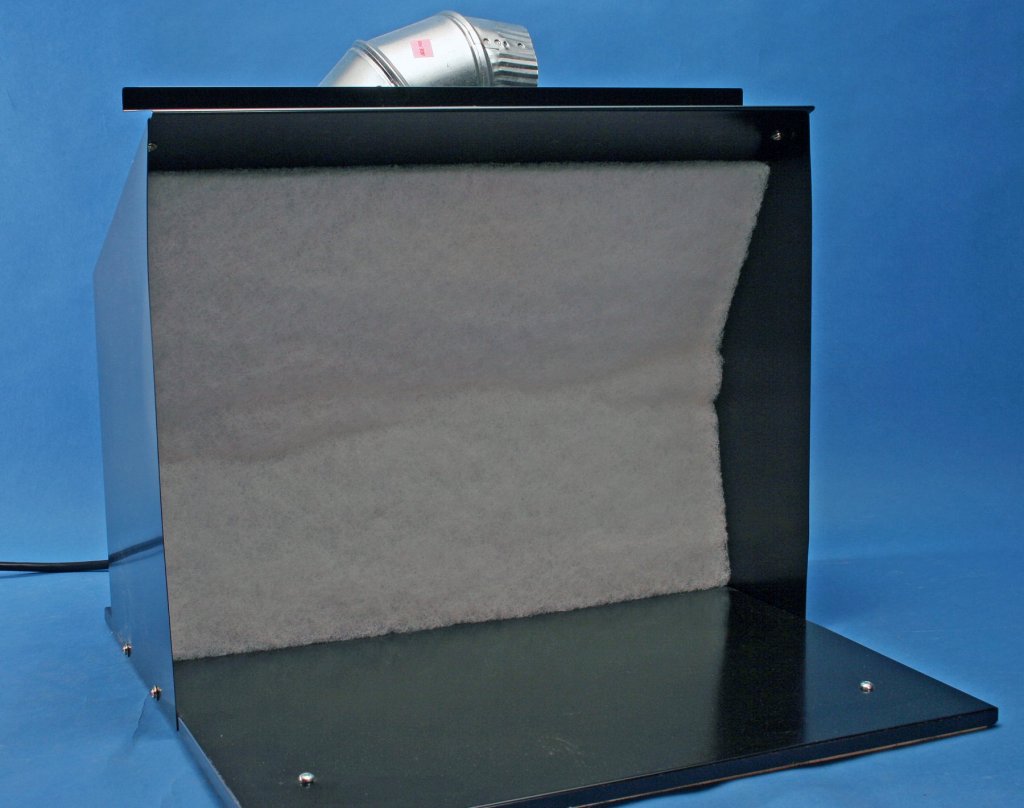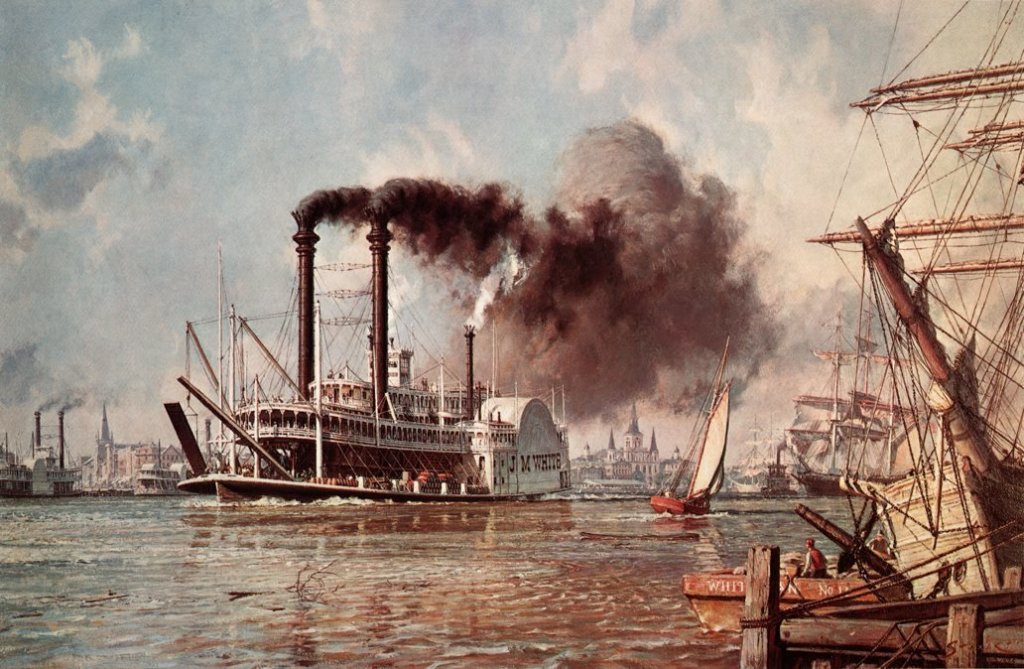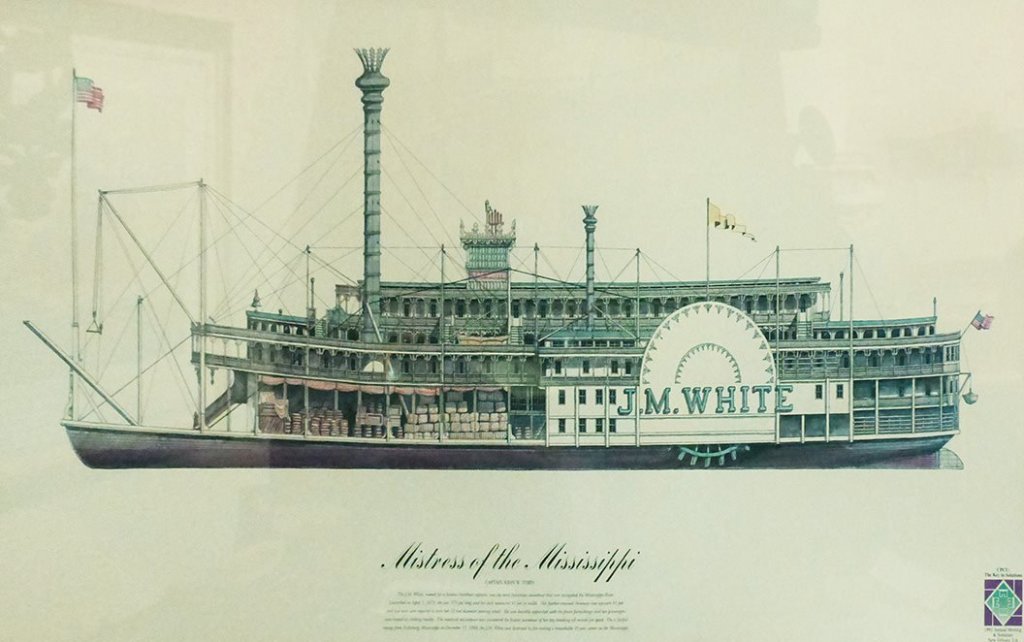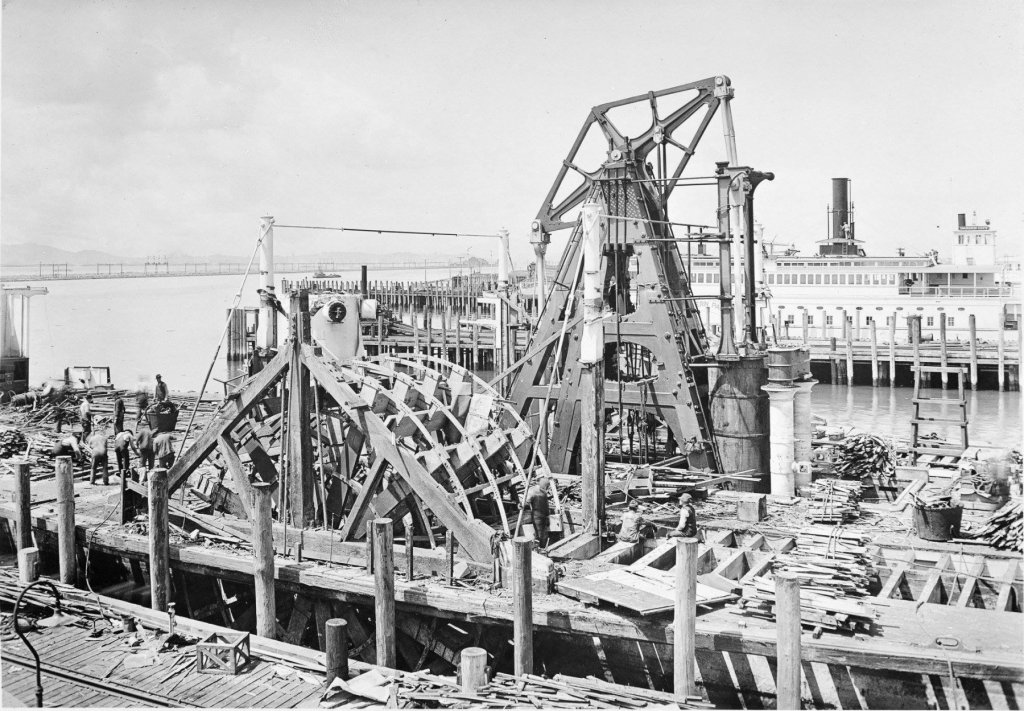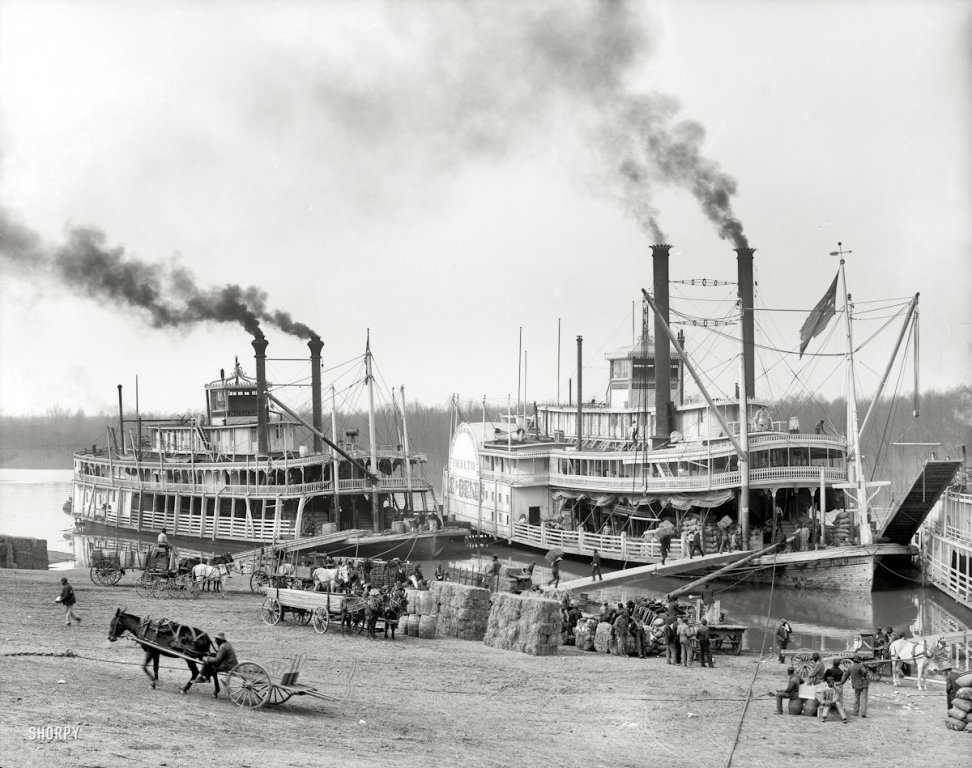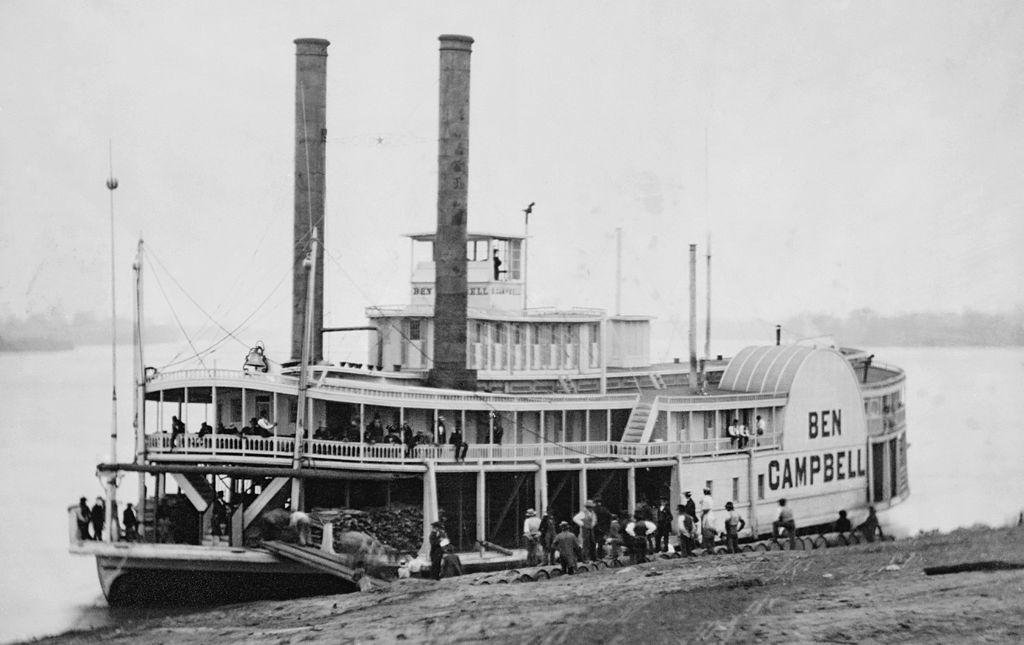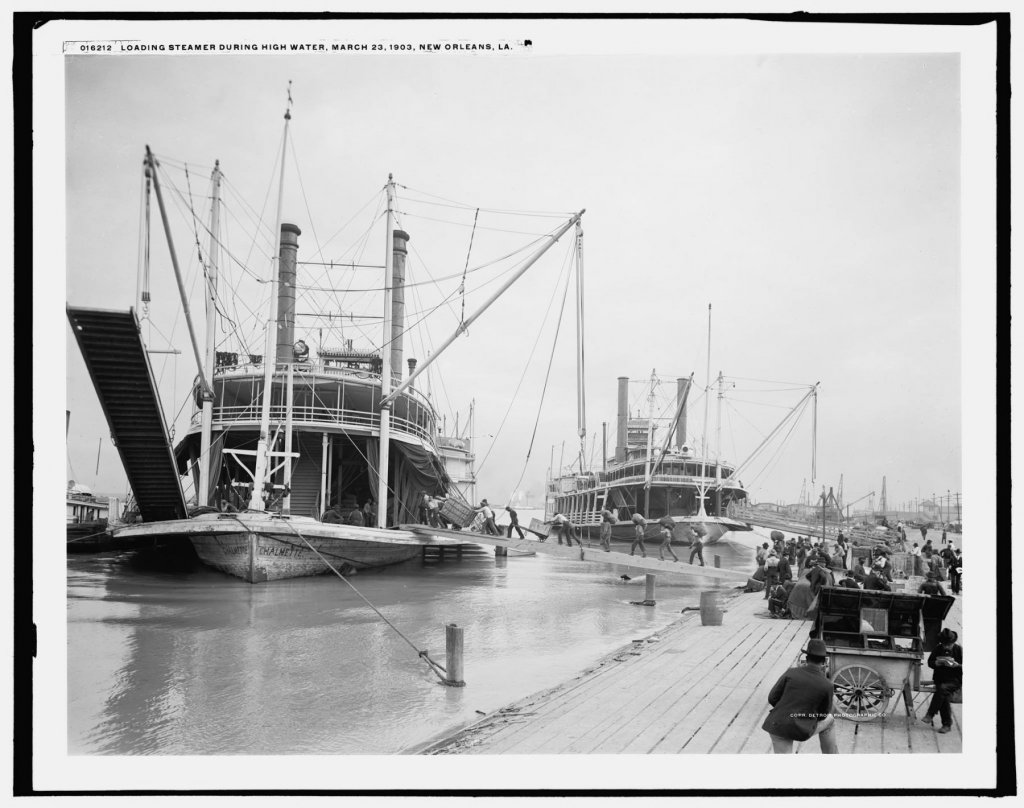-
Posts
3,026 -
Joined
-
Last visited
Content Type
Profiles
Forums
Gallery
Events
Everything posted by kurtvd19
-
I have seen a couple of paint charts comparing the various brands of paints to one another. None of them cover all the model paints available and none of them cover the MS paints. I am unable to find the copies I have of these charts - and I might have deleted them as they were essentially useless. Check out Chuck Passaro's build log of the original MS longboat kit to see the colors Chuck used. He designed the original smaller scale MS longboat kit. Best source you will find for the longboat. Kurt
-
Bob is correct about the article in Shop Notes 2. It was very costly to print this with accurate color chips and the original author of the article, Eric A. R. Ronnberg, Jr., was consulted and gave final approval of the reprint. In Shop Notes 2 it is 4 pages of text, 5 pages of color chips and two large photographs of models by Mr. Ronnberg with one model having three additional color chips specific to that model. The text in SN2 has been shortened from the 7 pages in the original article. The original article in it's entirety is available on our CD set - The First 40 Years from the NRG store. NRG members get 20% off the $74.95 price of the two disc set. The article in PDF format can also be obtained by contacting the office - it is not available direct from the store at this time but if you tell Mary you want the article by Ronnberg on colors she will ask you to pay $2.50 and we can email you a PDF copy. Be advised that your computer screen may not show the colors matching the printed colors in SN2. So unfortunately if you want the full text you will need the PDF article from the Office and a copy of Shop Notes 2 for the actual color plates - also from the office or store. The price of Shop Notes 2 is $35 - NRG members get a 20% discount saving $7. If one is interested in the research and text the PDF copy might be all you need. One quote from the article is "The specific colors must be treated as approximations -- randomly-chosen points, each within a range of shades to which a specific name was given" so while the PDF colors might not match the color chips in Shop Notes 2 exactly, even they are approximations. But if you are at all familiar with Mr. Ronnberg's work you know that his "approximation" is pretty darn close to right on. It's a matter of how accurate you think your screen reproduces colors. Kurt
-
A tip to avoid the bleed under the tape with the second color - after you have the masking tape in place for the second color - in this case over the white, lightly spray the edge of the tape with some of the white paint. If there is any bleed under the tape it will be white and it will never bee seen. The addition of the light mist of white seals the edge of the tape to prevent any of the red bleeding under. Do not spray towards the white at the edge of the tape or you will get a build up. Just a mist and at close to 90 degrees. This should solve any bleed issues assuming the tape is tight to the surface. Hope this helps next time. Kurt
-
The hangers for the steam pipes are a neat detail that you have added. Kurt
- 133 replies
-
- chaperon
- model shipways
-
(and 2 more)
Tagged with:
-

adapt this idea for a small spray both?
kurtvd19 replied to Bob Blarney's topic in Modeling tools and Workshop Equipment
Some photos of my airbrush station and associated stuff. The spray booth - just out of the box. Badger sent this to me several years ago to test. I liked it and use it for all but larger hulls. Has the proper explosion proof motor and wiring. I added a nylon stocking to the exhaust duct that I added coming off the back that catches some fine particles that get past the filters. If I use it for solvent based paints I add a piece of duct and move it over to exhaust out the window. But it's not an issue 90+% of the time as I use acrylics almost exclusively. I don't think Badger ever sold these units but there are similar units on the market. If you only use acrylics a spray booth is a DIY project - but, in my opinion, if you use solvent based paints unless you have the knowledge and access to the specialized class of electrical components to use with flammable liquids it's best to purchase a properly built booth. The photo below shows the booth after a lot of use. My set up is contained on a hospital patient table that adjusts for height (I used to use it for rigging until I vowed to never rig any model with more than a single mast). The spray booth sits on top and the compressor sits on top of the base in a small tray I made. The black rectangle on the flex arm is a 3 level LED light that has greatly increased the lighting for my set up. As it's outside the booth there isn't any concern about paint over-spray getting on the lens. The filter needs to be replaced soon. I have two filters with the front one being discarded when dirty and the back one then becomes the front one with a new filter piece behind it. The arrangement of Airbrush holders and accessory items w/o the spray booth in place. My airbrushes now all have quick disconnect fittings so I have eliminated multiple hoses and having to bend down and change the hoses (with quick disconnects) at the regulator. I keep my paints in a file cabinet I got when a pharmacy shut down. The drawers are sized for prescription forms so the paint bottles are not lost in a deep drawer. The drawer pulled out and the two below it hold all of my paints. The nice thing about having the set up on wheels is I can put it into an alcove when not being used freeing up floor space. Kurt -

adapt this idea for a small spray both?
kurtvd19 replied to Bob Blarney's topic in Modeling tools and Workshop Equipment
Bob; I agree that it does reduce the danger by providing extraction of the hazardous fumes. However I take exception with the rest of your statement that "fire/explosion hazards are probably not a relevant issue in hobby installations." I say this a retired Chief of Fire Prevention with a lot of experience with spray painting. If the air to fuel mix in and around a spray area - regardless of hobby or big scale - reaches the lower explosive limit, the hazard is at least equal and possibly more in the hobby use just because in most home areas there are absolutely no safety features found in large scale painting areas such as proper electrical connections, sealed conduits, etc. Just because one only sprays occasionally doesn't make them immune to the laws of nature. If the area has a fuel/air mix that falls between the lower and upper explosive limits of a flammable liquid and any source of ignition is within the area, a fire/explosion is very likely to happen. I have seen the results of thinking this isn't an issue for the small or infrequent use as well as by the frequent users with big spray booths with all the safety features who do spraying outside the booth because it was only a little job. Auto body shops are prime examples of this - and a source of significant numbers of fires. Please don't ignore the warnings on the paint containers to use in a well ventilated area as there are also health concerns about breathing the same fumes. Kurt -

Ala-Kart by CDW - FINISHED - AMT - 1:25 Scale - PLASTIC
kurtvd19 replied to CDW's topic in Non-ship/categorised builds
I routinely use rattle can paints in my airbrushes. The trick is getting the paint into a jar w/o getting paint all over the shop. Usually a tin foil sort of closed shield can be formed around the top of the jar and the spray nozzle of the spray can. Use exam gloves and push down the nozzle through the tin foil and 90%+ gets into the jar. Let it outgas for a few minutes and then use in the airbrush. Get to use some colors that just are not available except in a rattle can but with the ultimate control in application - the airbrush. Kurt -
Expanded information on the 2019 conference has been posted to the NRG Web Site. https://www.thenrg.org/nrg-2019-conference.php The downloadable registration form is also now posted. More than half of the rooms have been reserved so make hotel reservations ASAP. The tour numbers are limited by both museums so sign up early to assure you will be able to participate. Kurt
-
Eric: I doubt there is anybody there that isn't following the Arabia build. I think you are 100% on track. Kurt
- 599 replies
-
- sidewheeler
- arabia
-
(and 4 more)
Tagged with:
-
Eric: I wouldn't show transverse hog chains except by the wheels. The writings after Figs 43 and 44 say that there were two sets, just ahead and just behind the wheels. The only evidence I saw of fore to aft hogging chains on a sidewheeler are on the J.M. WHITE. This was a Mississippi River boat. And was quite elegant inside and out. I can't find it but I have a photo of the interior of the J.M. WHITE showing the transverse hog chains in the dining room and how the passengers and crew had to be aware of them so they didn't hit their heads on them. As to fore to aft hogging chains I think there would have been two sets as shown in fig 7 going to the lower hull as shown in fig 30. Kurt
- 599 replies
-
- sidewheeler
- arabia
-
(and 4 more)
Tagged with:
-
Eric: I have talked extensively with Jack Custer (owner and Editor of the now defunct Egregious Steamboat Journal and expert on riverboats) about hogging chains. Jack said that while fore to aft hogging chains have been well documented - because they are very visible) there was actually not all that much written about the transverse hogging chains. He spent quite a bit of time encouraging me to model a cross section to show how transverse hogging chains were used. This is something I can't do w/o a lot more information from guys like Jack. Looking at the drawings and writing on pages 23 - 30 of the Engineroom Cyclopedium and Figure 3 on page 7 and remembering that ARABIA was not a cotton transporting boat - I don't think the transverse hogging chains on ARABIA would have been located anyplace other than close to the sidewheels. The photo of the SF Museum's steamboat EUREKA being rebuilt in 1924 shows the hogging chains in front of and behind the sidewheels. It's not a riverboat as such but it does show the transverse hogging chains only by the wheels. The typical "cotton" boat shows the transverse hogging chains clearly in this photo of the large sidewheel boat - note the cotton waiting to be loaded. The next photo of the BEN CAMPBELL shows a boat of similar configuration to the ARABIA and there are no visible transverse hogging chains in the forward section of the boat. In the last photo note there are visible transverse hog chains on the CHALAMETTE and the boat in the background - but both are "cotton" boats. I hope this helps a bit Kurt
- 599 replies
-
- sidewheeler
- arabia
-
(and 4 more)
Tagged with:
-
Nailed in place. The builders were not shipwrights. In the period of the Chaperon the nails would have been cut nails. Kurt
- 133 replies
-
- chaperon
- model shipways
-
(and 2 more)
Tagged with:
-
Welcome to MSW Kurt
-

Smoke damaged ship
kurtvd19 replied to Karen's topic in Painting, finishing and weathering products and techniques
It is strong and I don't think I would use it on bare wood as you point out - I have only used it on painted surfaces. -

Cleaning Small parts prior to blackening
kurtvd19 replied to src's topic in Metal Work, Soldering and Metal Fittings
I use Sparex #2 heated in a small crock pot for cleaning anything I will blacken - using Birchwood Casey Brass Black. Heated Sparex works great on cleaning up soldered parts - but if there is a big build up of crud from the soldering I often use the fiberglass etching pen before the Sparex. After about 10 minutes in the heated Sparex I rinse the parts in water, then a rinse in Acetone that is then rinsed again with distilled water and then air dried. I routinely blacken brass eye bolts. I had issues with them not blackening consistently. Brass w/o a coating of some sort will dull and darken so with all brass eye bolts being shiny I concluded they are coated. I lay them out on my fire block at my silver soldering table and hit them with the mini torch and then clean in Sparex as above. Doing this makes sure they all blacken nicely. As any brass shapes (K&S type) that I blacken have been soldered - the coating is burned off and treating in the Sparex as above assures even blackening. Sparex should not be boiled! The crock pot can't boil water so it's a good way to heat the Sparex. Jeweler's supply places sell these little crock pots for $35 or so but I have found several at Goodwill or other similar places for less than $5. I have some on hand as replacements but have supplied local club members with them also. As Sparex is acid based the parts are thoroughly cleaned and etched in one step. Sparex is available from Jeweler's supply places and welding shops. Don't use metal baskets or tweezers to hold the parts as the continued use in Sparex will eat them away - plastic tea strainers work great. Jeweler's supply place sell copper tweezers to take pieces in and out as the use of metal can cause a build up of metal in the fluid that can coat the pieces and interfere with plating the parts. As I do plating too I stay away from the metal tweezers and baskets. Never had a problem with blackening parts when I previously used metal baskets and tweezers in the Sparex but after investigating plating and being forewarned about the use of metal in the Sparex I just use the plastic baskets and copper pliers all the time. Kurt -
Firedog: Ouch! Sounds like the back is a problem - probably can't sit too long, stand too long or walk too long. I am a retired Chief of Fire Prevention. I was given the option of duty disability retirement or taking over the Fire Prevention Bureau following my getting my back and neck totally screwed up when a commercial garage door came down on my shoulders and back of my neck and compacted me into an 18-inch space. The hospital staff couldn't believe that I didn't have any broken bones when the ambulance crew told them what happened - I swear I glowed in the dark from so many xrays! All muscle and nerve damage. After two years of therapy they ruled no more firefighting. So I served another 12 years as Bureau Chief and retired two days short of my 50th birthday. 3rd generation Chief - my mothers Father and my Dad were both Chief of the Volunteer department where I still live. I went next town over as it was full time and there are still only a handful of full timers here in town. What broke my cycle of pain was acupuncture. Had a bad headache and severe neck and back pain - almost constant. If was several years after the injury but the city insurance admin (a duty disabled cop) told me to try the acupuncturist who helped him. It wasn't overnight relief, but it eventually got so that I can get through most days w/o too much pain - it can't fix the underlying problems, but it sure helps. I hope you continue to mend and time helps with the discomfort/pain. Take care, Kurt
-
Welcome to MSW Firedog. This is the place to be to learn modeling. Hard to ask a question that somebody doesn't have the answer to. You say you got hurt on the job - with your user name Firedog are you a firefighter? Kurt
-

Question about table saw technique
kurtvd19 replied to jdbondy's topic in Modeling tools and Workshop Equipment
If you are cutting 3/4-inch wood use a carbide blade and it will cut it in one pass w/o any problem. I trimmed out my whole house/shop addition with red oak trim up to 3/4-inch thick w/o any problems using my Byrnes saw - easier to carry from room to room than my chop saw. Cutting 3/4-inch wood isn't (in my opinion) a job for a slitting saw blade - just asking for problems like overheating the blade and warping it, clogging, uneven cuts..... Kurt -
Floyd: I think Badger is closed today. I was copied in an email by Jesus - their repair tech - and I don't think he sent it from work. But give it a try if they are closed just call on Monday. Kurt
- 133 replies
-
- alert class
- tugboat
-
(and 1 more)
Tagged with:
-
Harvey: Yes it was added later so one dooesn't have to insert the "T" portion of the back lever and then turn it 90 degrees. Something like that would never get past QC at Badger. Floyd; Ron's right - every airbrush gets water shot through it as a test before it's passed as OK. I'm not sure if they still do it but the Sotar 20-20 airbrush even had a certificate that was signed by the 3 testers. Kurt
- 133 replies
-
- alert class
- tugboat
-
(and 1 more)
Tagged with:
About us
Modelshipworld - Advancing Ship Modeling through Research
SSL Secured
Your security is important for us so this Website is SSL-Secured
NRG Mailing Address
Nautical Research Guild
237 South Lincoln Street
Westmont IL, 60559-1917
Model Ship World ® and the MSW logo are Registered Trademarks, and belong to the Nautical Research Guild (United States Patent and Trademark Office: No. 6,929,264 & No. 6,929,274, registered Dec. 20, 2022)
Helpful Links
About the NRG
If you enjoy building ship models that are historically accurate as well as beautiful, then The Nautical Research Guild (NRG) is just right for you.
The Guild is a non-profit educational organization whose mission is to “Advance Ship Modeling Through Research”. We provide support to our members in their efforts to raise the quality of their model ships.
The Nautical Research Guild has published our world-renowned quarterly magazine, The Nautical Research Journal, since 1955. The pages of the Journal are full of articles by accomplished ship modelers who show you how they create those exquisite details on their models, and by maritime historians who show you the correct details to build. The Journal is available in both print and digital editions. Go to the NRG web site (www.thenrg.org) to download a complimentary digital copy of the Journal. The NRG also publishes plan sets, books and compilations of back issues of the Journal and the former Ships in Scale and Model Ship Builder magazines.



